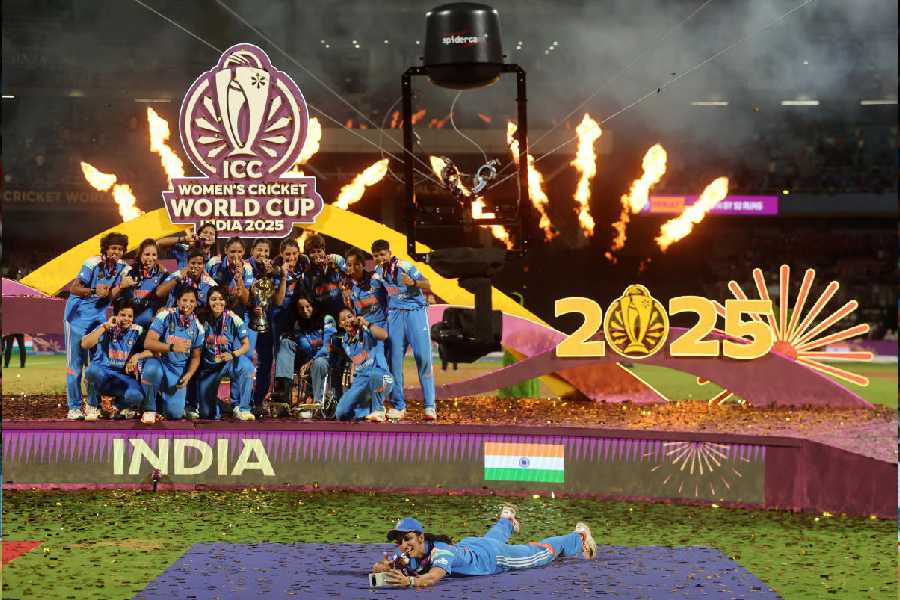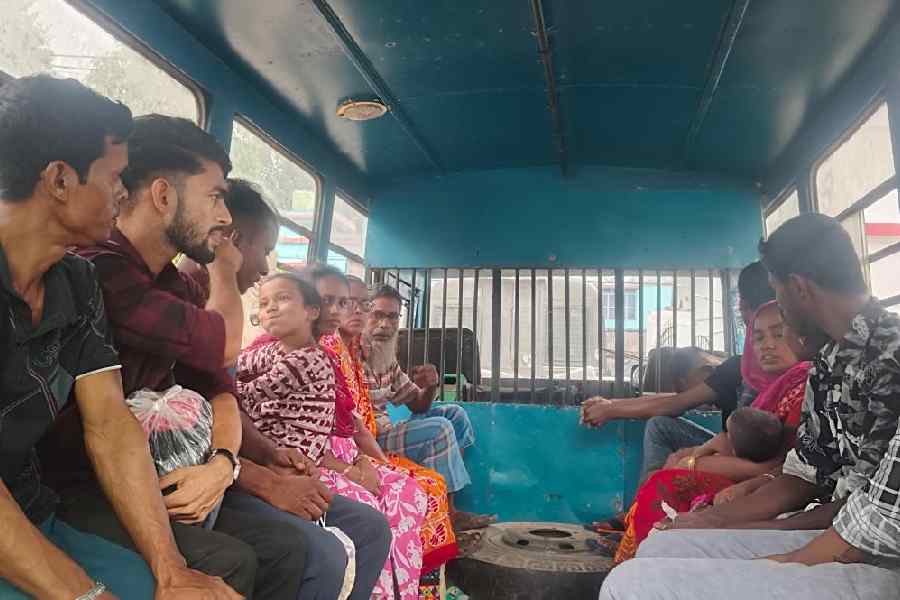He isn’t even a week old yet, and young Thamathaputhran is the most conspicuous symbol of a controversial debate. On Thursday, Thamathaputhran was born in a hospital in Erode. His mother, Papathiammal Subramaniam, aged 63, was reported to be doing fine, despite minor blood pressure problems. His father, aged 74, was ecstatic to be presented with a child long after he had given up on starting a family.
The technology that made Thamathaputhran’s birth possible is a combination of old techniques — IVF or in-vitro fertilisation, for instance — and newer, updated breakthroughs, such as blastocyst culture. Assisted reproduction technology, or ART as it’s known, has been making waves ever since the first test tube baby was born back in 1978.
It is increasingly more accessible and less expensive, though, which means that we should see many more children like Thamathaputhran in the decades to come. Every woman in her late 30s, whether she actively wants children and a marriage or not, dreads the moment when the hands on the biological clock touch midnight. Before the advent of ART, there was a certain cut-off date: not married by then? Having second thoughts about opting to not have children? Too bad — your time’s up, and can we have the next contestant, please.
What societal changes could we expect to see if women knew that they had an extra half-hour, so to speak, of reproductive time open to them? I’m guessing here, but you’d have much less of an emotional blowout, fewer women “settling” for marriage, less pressure on women to choose between career and children.
Against that, what about the needs of the sunset child? Papathi will be in her 80s when her much-adored son is in his 20s. The generation gap could widen to an extent we had never before considered possible.
And there’s also the question of financial planning. ART technology is expected to get cheaper over the years; but will the parents who opt for it have done the rest of their accounting equally carefully? People who have planned for normal retirement frequently discover that their investments haven’t kept pace with inflation. Factor in a child born in your retirement years, and you have a recipe for bankruptcy — or you must reconfigure the work force to allow for the return of post-retirement employees. Just the fact that a couple can afford the technology doesn’t mean that they can afford a child: but then not having money has never stopped anyone from procreating all the same!
Societies tend to be flexible, though, and accommodating to the changes brought about by new technologies. Perhaps a surrogate generation of carers — younger siblings, younger friends — would bridge the gap; perhaps the huge disparity in age between parents old enough to be their children’s grandparents might even lead to more tolerant relationships. And there’s that biological clock business, where entire generations of women would be more than glad to face the challenges of delayed parenting in return for a few more good years, or for the ability to reverse their reproductive choices. But is this enough of a trade-off? I’m not sure, though I do wish young Thamathaputhran, whose name means “the son who rises late”, a happy life.










